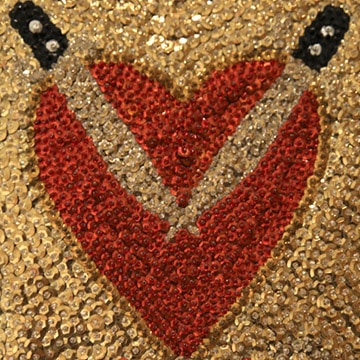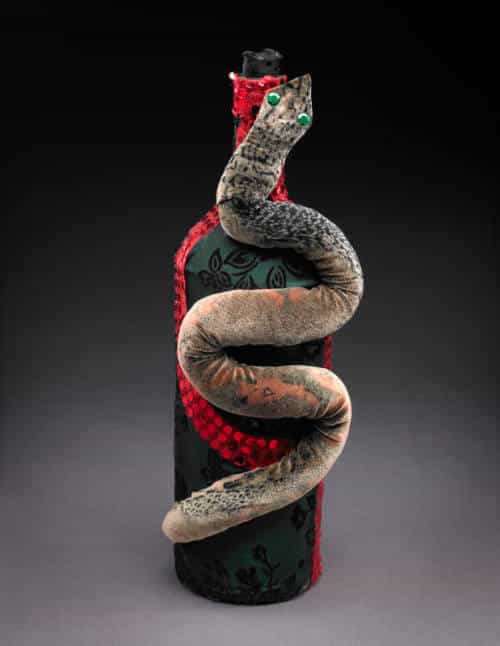This exhibition provides a glimpse of the wide diversity of genres, media and inspirations of Haitian art from 1969 to the first decade of the 21st century. Within this variety, it reveals a common vision shared by an array of Haitian artists. Resilient Visions includes images of everyday life and historical scenes from artists who were labeled as Indigénistes for their representations of local subjects, and as primitivists for their lack of academic training. Also represented is a work by a Haitian artist who studied in France and embraced modernism and abstraction, and later social realism. Other works seen here were created for the worship of Vodou spirits, or loa.
Despite their varied approaches, the artists who created these works did so as witnesses and victims of repressive and hostile political, social, economic and natural conditions. The bucolic scenes of Haitian rural life painted by the Indigénistes during the horrific Duvalier dictatorships of 1957-1986, could be seen as naïve, idealistic or complacent images or, alternately, as revealing suppressed longing for an orderly and peaceful life denied to most Haitians. The modernists who emerged in Haiti in the 1940s and 1950s achieved international fame and brought a new perspective of artistic freedom to their native land. Their new vision was nurtured both by experience living abroad and by Haitian culture, but artists were stifled and incensed by the brutality of the Haitian government. Under the Duvalier regime, anyone who dared to critique the government would be censured.
Vodouist artists were repressed from the beginning when, in the 16th century, their faith was forged from diverse beliefs of enslaved Africans of Kongo, Fon and other ethnic backgrounds. Their African-based faiths were fused with the Catholicism of their European enslavers. This new, syncretized religion with its extraordinary hybridized art forms fortified the Haitian people as they overcame slavery and colonization to form a new nation in 1804. They have kept their faith and have continued to struggle for two hundred years while being vilified and banned by the Catholic Church and the aristocracy.
Despite these vicissitudes, Vodou and its arts have thrived, expanding throughout Haitian culture and beyond Haiti. Vodou imagery and aesthetics have evolved as seen in the 20th and 21st century liturgical works and representations of loa, demonstrating that the practice of Vodou has expanded into new geographic regions throughout North America. The evolution of Vodou and its myriad art forms parallels the course of Haitian art itself, with its relentless progress against all odds, as it has reinvented and redefined Haitian identity with new and wonderful visions of resilience.


